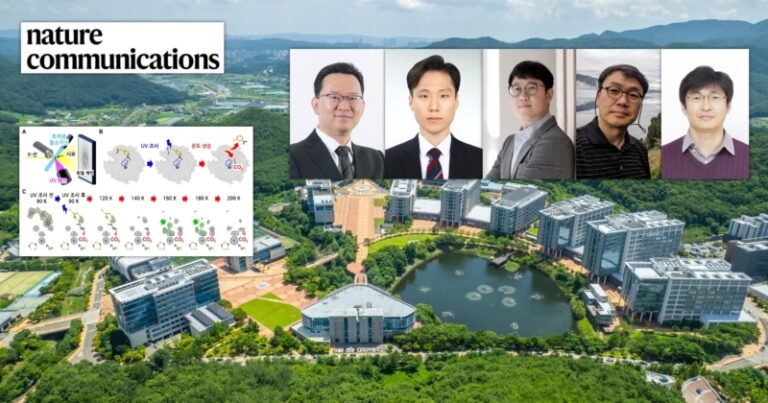In a groundbreaking study, a joint research team from POSTECH, UNIST, and Hanyang University has discovered a new functionality of perfluoroarenes that enables exciton scissoring in photomultiplication-type organic photodiodes (PM-OPDs) without the use of conventional acceptor molecules. The research findings have been published in the prestigious journal Advanced Materials.
Organic photodiodes play a crucial role in various fields, including biometric technology, cameras, and optical communication. The development of a photo-amplifying organic photodiode has been hindered by the reactivity and sensitivity of electron receptors to the external environment, slowing down the commercialization process.
The research team, led by Professionals Dae Sung Chung and Dr. Juhee Kim from POSTECH, Professor BongSoo Kim and Myongjae Lee from UNIST, and Professor Do Wan Kim and Hyukmin Kweon from Hanyang University, overcame this challenge by implementing a novel approach using perfluoroarene photo-crosslinkers that provide electrochemical stability to the device.
The key to the success of the perfluoroarene-driven PM-OPDs lies in the interfacial band bending between the perfluoroaryl group and the polymer donor. This phenomenon enables the rapid separation of excitons into electrons and holes, amplifying the formation of both holes in the device through electron trapping. As a result, high external quantum efficiency and B-/G-/R-selective PM-OPDs were demonstrated.
One of the significant advantages of the suggested PM-OPDs is their superior operational and thermal stabilities, thanks to the acceptor-free and covalently interconnected photoactive layer. Additionally, the research team successfully demonstrated finely patterned B-/G-/R-selective PM-OPD arrays, opening up new possibilities for highly sensitive passive matrix-type organic image sensors.
“This study represents a significant breakthrough in the field of organic photodiodes, as we have achieved both stability and color selectivity,” said Professor Dae Sung Chung. “We believe that this breakthrough will greatly contribute to the future commercialization of organic image sensors.”
The research was supported by the Samsung Research Funding & Incubation Center of Samsung Electronics and the Basic Science Research Program of the National Research Foundation of Korea (NRF), funded by the Ministry of Science and ICT (MSIT).
Journal Reference
Juhee Kim, Hyukmin Kweon, Myeongjae Lee, et al., ‘Exciton-Scissoring Perfluoroarenes Trigger Photomultiplication in Full Color Organic Image Sensors,’ Adv. Mater., (2023).



